Optimal Timing for Fire Restorations
Fire restorations are most effectively performed during periods of stable weather, typically in late spring through early fall. Dry and mild conditions help ensure proper drying and reduce the risk of further damage. Timing also depends on the extent of damage and the availability of restoration professionals.
Spring and summer often provide optimal weather for fire damage restoration, with lower humidity and minimal rain.
High humidity and precipitation can hinder drying processes, leading to mold growth and prolonged restoration timelines.
Immediate response after a fire can prevent secondary damage, but full restoration is best scheduled when conditions are favorable.
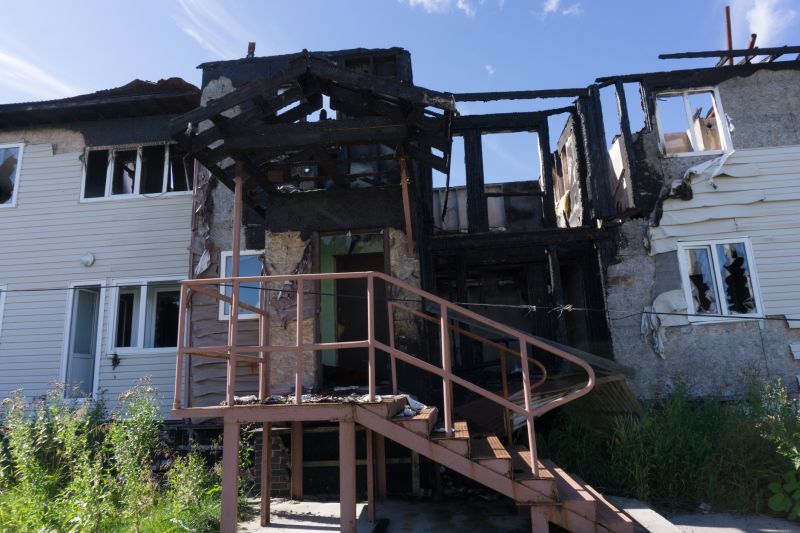
Assessing the extent of damage is crucial before beginning restoration work.
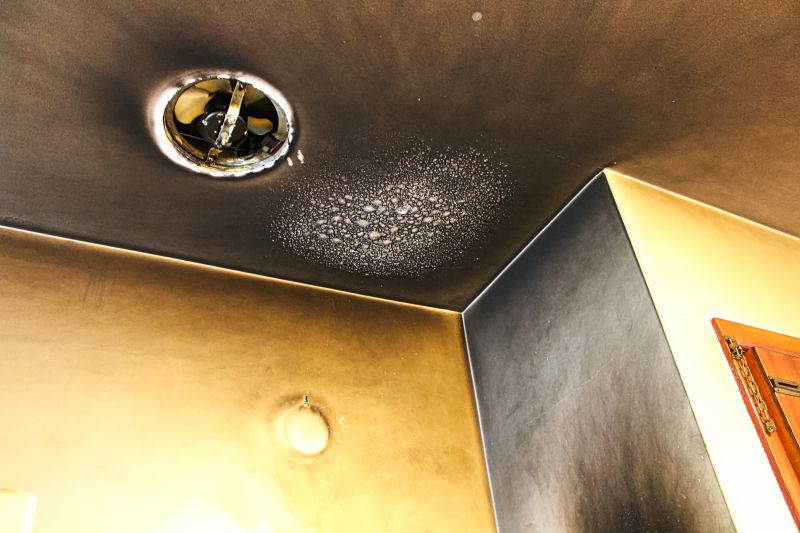
Removing soot and debris early helps prevent further deterioration.
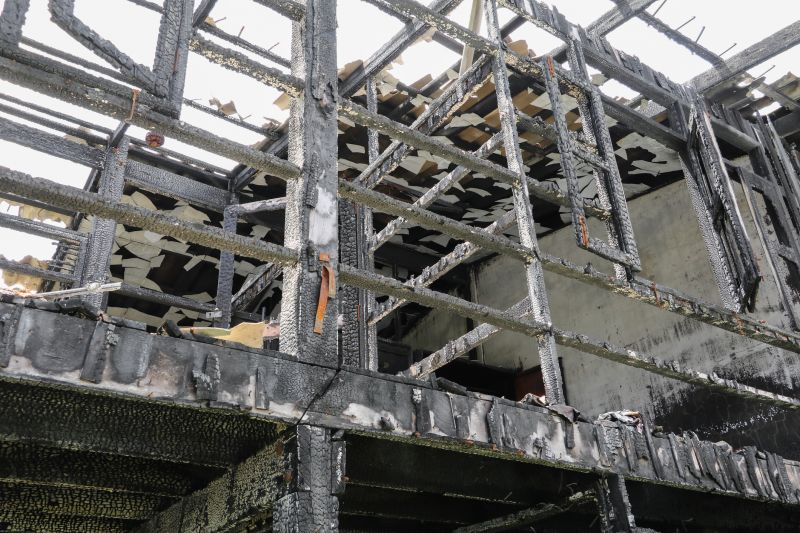
Restoring structural integrity is essential for safety and stability.
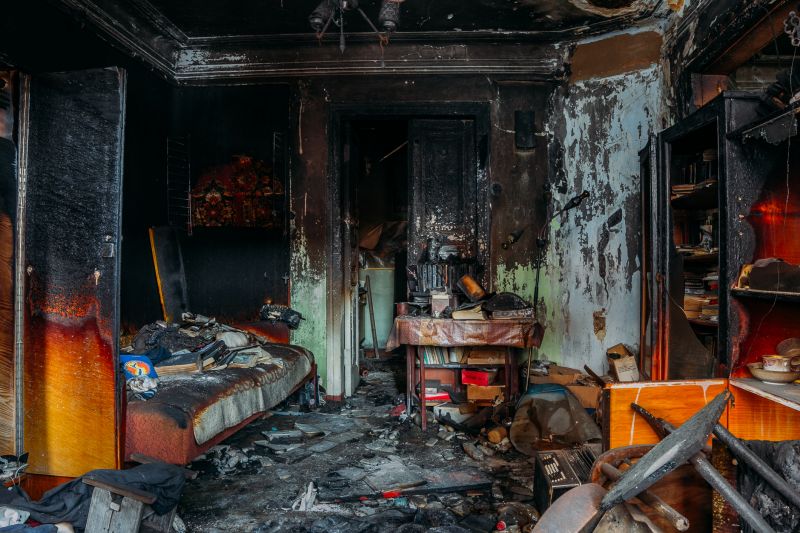
Ways to make Fire Restorations work in tight or awkward layouts.
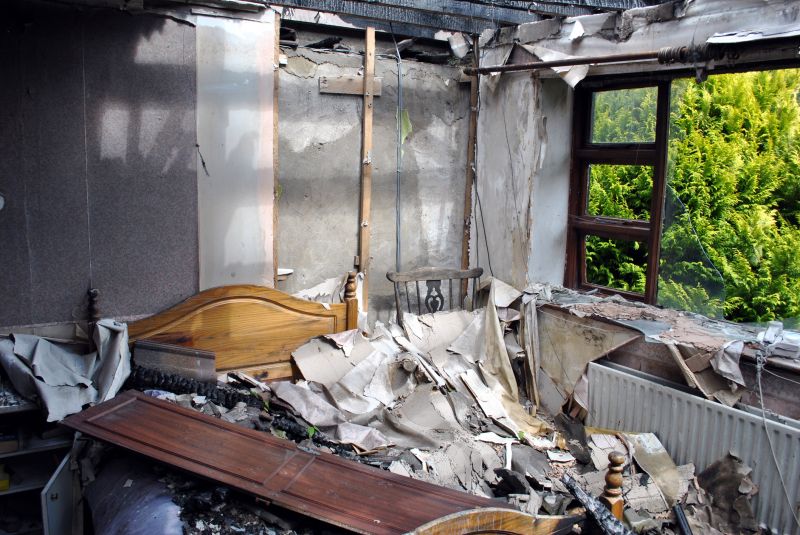
Popular materials for Fire Restorations and why they hold up over time.

Simple add-ons that improve Fire Restorations without blowing the budget.
| Aspect | Details |
|---|---|
| Optimal Seasons | Late spring to early fall |
| Weather Factors | Low humidity, minimal rain |
| Emergency Response | Immediate after fire for secondary damage prevention |
| Restoration Duration | Depends on damage severity and weather |
| Preparation Time | Weeks to months, depending on scope |
Fire restorations involve a comprehensive process to repair and recover properties affected by fire damage. This includes soot and smoke removal, structural repairs, and odor elimination. The timing of restoration efforts can significantly influence the effectiveness and duration of the process. Proper planning and scheduling during favorable weather conditions can help ensure thorough and efficient restoration.
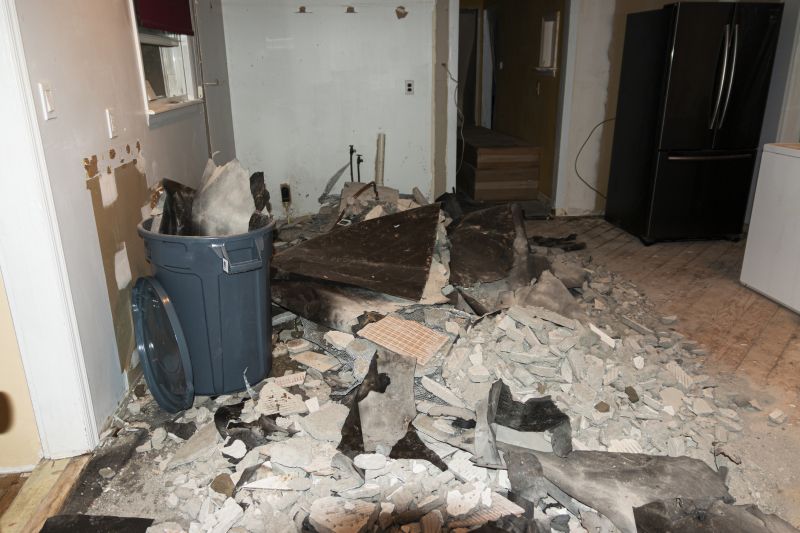
Removing soot, smoke, and debris from affected areas.
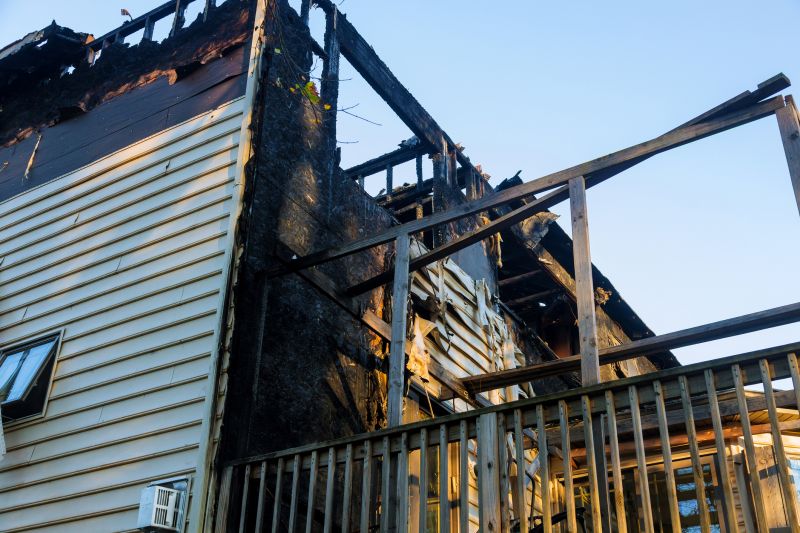
Rebuilding and repairing damaged structures.
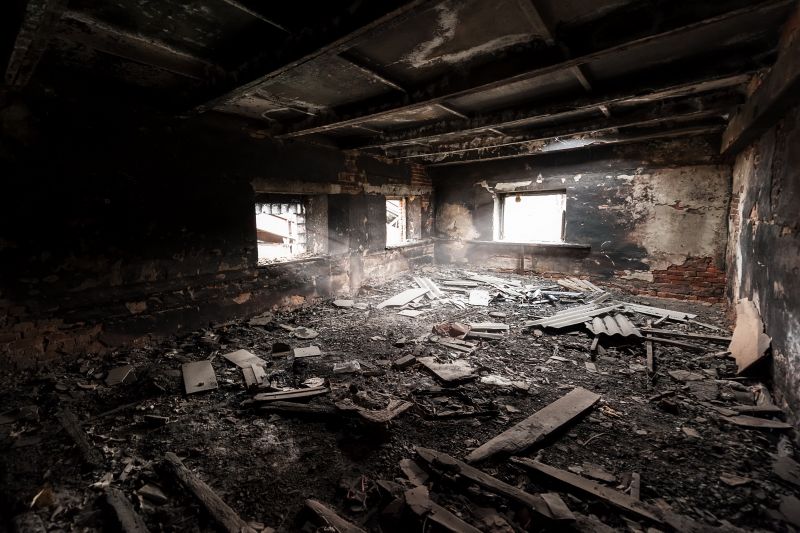
Eliminating persistent smoke odors from interiors.
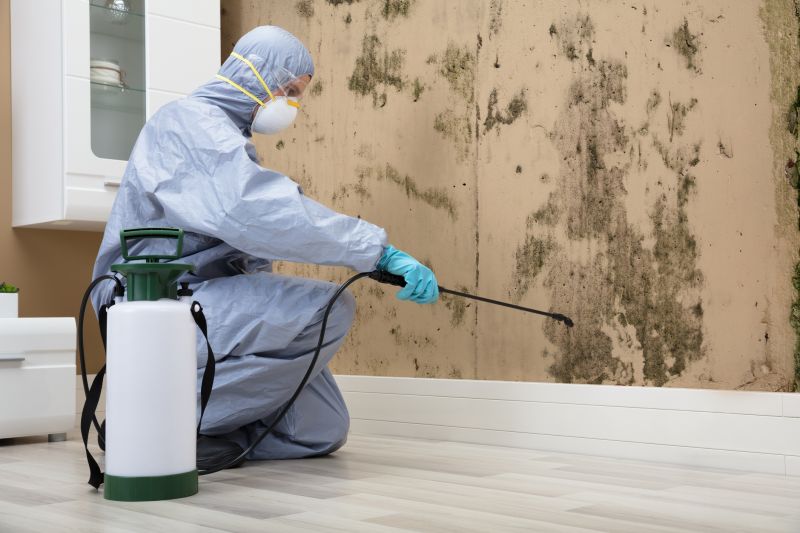
Addressing water used during firefighting to prevent mold.
Professional assessment helps determine the best timing for restoration.
Coordinate with restoration specialists to optimize timing.
Ongoing assessments ensure restoration progress aligns with environmental conditions.
Interested parties are encouraged to contact for more information about fire restoration services and scheduling options. Proper timing ensures effective recovery and minimizes secondary damage.


